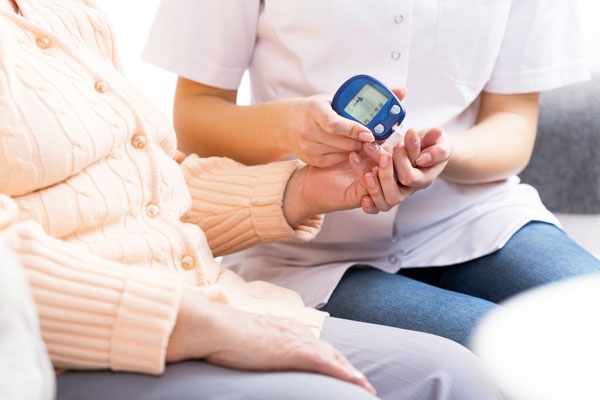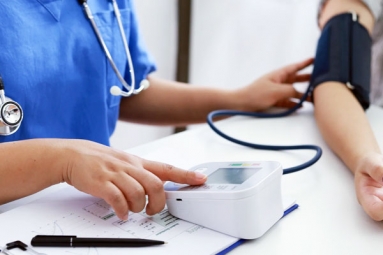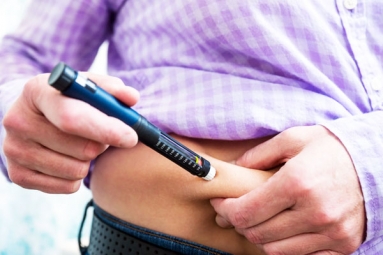
(Image source from: Canva.com)
The arrival of the monsoon season brings a sense of coziness and a wave of nostalgia, enhanced by the soothing sound of rain tapping against rooftops, the delightful splashes in puddles, the thrill of watching paper boats navigate through flowing water, and the pleasure of savoring warm snacks by the window. Nevertheless, this period also presents specific challenges for those living with diabetes, necessitating careful vigilance. In addition to the heightened danger of seasonal and viral infections, the rainy climate can disrupt established routines, whether it be morning strolls, commuting, or regular meal schedules. As raincoats and umbrellas reappear, it becomes crucial for individuals managing diabetes to develop a thorough routine that emphasizes health and safety during the monsoons.
Embracing a comprehensive strategy for diabetes care is essential, one that incorporates indoor physical activity, mindful eating, and consistent monitoring of blood glucose levels. Advanced technology has become instrumental in maintaining this balance. Continuous Glucose Monitoring (CGM) devices simplify health management amidst changing weather conditions, eliminating the need for frequent finger pricking.
The monsoon period sees a rise in infections like the flu and various waterborne diseases, creating significant risks for those with diabetes. Given that a compromised immune system heightens the importance of proactive measures, it is necessary to adopt a well-rounded approach to diabetes management. Staying physically active, addressing nutritional requirements, and diligently tracking glucose levels together form an effective strategy to regulate blood sugar. Tools like CGMs serve as vital aids when the weather makes trips to a clinic impractical.
Here are a few tips on how to enjoy the monsoon season while managing your diabetes:
Focus on enhancing immunity through mindful food selections: Although street food can be appealing during rainy weather, it often poses a contamination risk. Individuals with diabetes may find it more challenging to combat infections. Opt for clean, home-cooked meals that are packed with immune-boosting ingredients and antioxidants. Ensure that vegetables are thoroughly washed and steer clear of any raw or undercooked dishes.
Pay special attention to your foot health: Those with diabetes should practice heightened vigilance regarding foot care during this season. Wet conditions increase the likelihood of fungal infections and injuries. Always make sure to dry your feet after returning from outside, and it may be wise to have an extra pair of socks available. Avoiding going barefoot, staying away from puddles, and wearing closed, comfortable shoes are key to keeping your feet dry and safeguarded.
Regularly check your blood sugar levels: Variations in daily routines—such as changes in diet, physical activity, or stress—can influence glucose management. Humidity and temperature shifts can also affect how well your body responds to insulin, resulting in erratic blood sugar levels. Continuous Glucose Monitoring tools like FreeStyle Libre can provide up-to-the-minute glucose data, enabling you to remain within your target levels and lowering the chances of long-term complications. With the appropriate resources, managing diabetes is achievable regardless of the weather.
Maintain your physical activity indoors: Don’t allow the rain to interfere with your fitness ambitions. Even if outdoor exercise options are limited, gentle indoor workouts can still be beneficial. A quick home workout lasting around 30 minutes or a stroll inside can significantly aid in regulating blood sugar levels.
Ensure adequate hydration: Elevated humidity levels can disguise dehydration symptoms, affecting glucose balance. Drink ample amounts of water throughout the day-even if thirst is not felt. Herbal teas and infused water are also excellent choices for staying hydrated.
Moreover, individuals with diabetes should remain vigilant for any symptoms related to hyperglycemia or hypoglycemia and take swift measures when necessary. In the end, taking a little extra precaution can greatly enhance diabetes management during the monsoon season.









